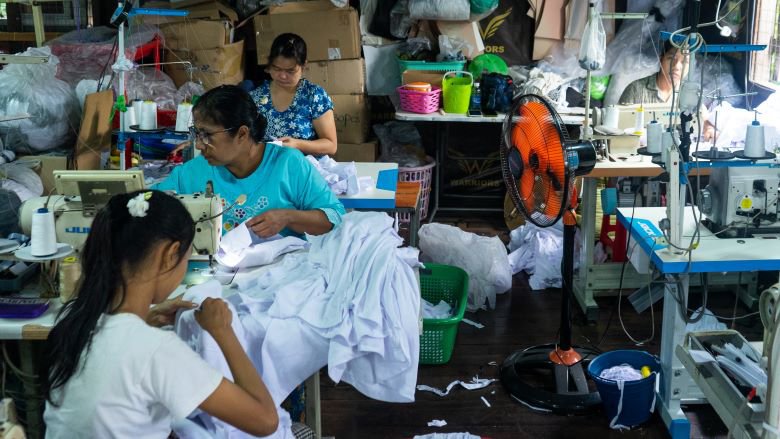Key Findings
- Economic conditions in Myanmar have stabilized in the first half of 2023. Exchange rates have remained steady, while inflation in food and fuel prices has eased. Most indicators suggest economic activity is slowly increasing, albeit from a very low base. Manufacturing output and new orders have risen quickly, sales of domestic products have picked up, while passenger and freight transport volumes are rising. Although agricultural production seems to have weakened, profitability is improving as farmgate prices rise and input costs ease, and this is likely to prompt higher production in coming seasons. Firms across all sectors report operating at higher capacity in the last quarter, with companies in non-retail services performing best. Retail sector performance has also improved, with sales picking up and firms sourcing more goods locally.
- However, several factors are constraining the pace of this recovery. Household incomes remain weak, limiting the ability of domestic demand to drive growth. High prices and shortages resulting from import restrictions make it difficult for many businesses to source essential inputs, while power outages have become prominent. Investment remains weak, with new business registrations at a low level. Other than in the agriculture sector, reported profits continue to decline as the conflict raises costs and limits activity in some areas. Overall, the economy is still operating well below pre-pandemic levels, in sharp contrast to the rest of the region.
- Policy changes continue to create uncertainty and obstacles for doing business, with further regulations and restrictions introduced on international trade and financial transfers. Exporters face challenges from waning external demand, overvalued official exchange rates, exchange conversion requirements, and the higher cost and reduced availability of imported inputs. With exports declining and imports remaining stable, Myanmar returned to a trade deficit in the six months to March 2023.
- The labor market remains weak, with declining employment rates especially marked in states and regions more affected by conflict. Declining productivity and low labor demand have put significant downward pressure on wages, which dropped by an average of 15% in real terms between 2017 and 2022.
- GDP is projected to increase by 3% in the year to September 2023, still around 10% lower than in 2019. The absence of a more pronounced rebound is indicative of the severe supply and demand constraints that continue to limit economic activity. Compared with our projections in January, we now expect moderately stronger growth in the industrial and services sectors, but further contraction in agriculture. Over the next one to two years, the baseline projection is for the economy to continue to expand slowly.
- With the exchange rate and food and fuel prices stabilizing, average inflation is projected to ease to 14% in the twelve months ending September 2023, and to decline further in the following year. But supply shortages and increased reliance on central bank financing of budget deficits are likely to keep inflation higher than it otherwise would be over the medium term. States and regions worse hit by conflict and transport disruptions will be more susceptible to bouts of inflation.
- Myanmar¡¯s current account deficit is expected to widen to almost 6% of GDP in the year ending September 2023, up from 3.6% in the previous year. Exports are projected to remain subdued through to September 2024 as global demand remains tepid, but an increase in remittances is expected to provide some support.
- The fiscal deficit is estimated to have widened to 5.4% of GDP in the year ended April 2023, reflecting modest increases in spending and reductions in revenue. Lower non-tax receipts have been broadly offset by increased energy and tax revenues while expenditure growth has been driven by defense spending and State Economic Enterprises, particularly in the energy
